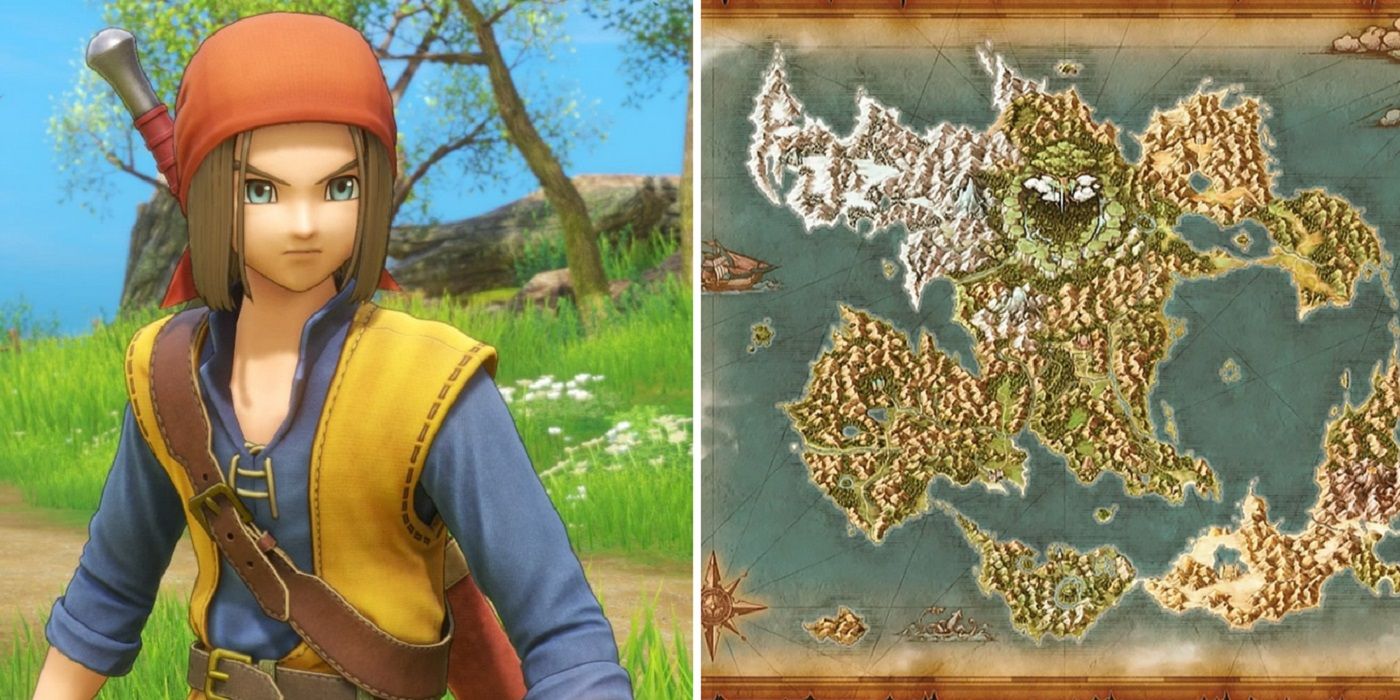
When it comes to beautifully crafted fictional worlds, Dragon Quest games have always been held in the highest esteem among fans of the JRPG genre. The fantastic Dragon Quest XI: Echoes of an Elusive Age, one of Square Enix's greatest recent triumphs, is no outlier. Across an average hundred hours-plus of story, players are swept into the detailed and story-rich fantasy universe of Erdrea. It's teeming with mystery, adventure, and some sharp humour (thanks to some quality localisation from its original Japanese).
RELATED: Dragon Quest: The 10 Biggest Hidden Secrets (Across All Games)
Since its release, players have lauded this craftmanship. In fact, Dragon Quest XI's love of detail, intrigue and of paying homage to fantasy epics of the past is perhaps nowhere as clear as in the game's world map. While many players simply dismiss it as a screen for fast-travelling across the game, the world map actually holds a number of curious secrets.
10 It Was Inspired By The Continents Of Earth
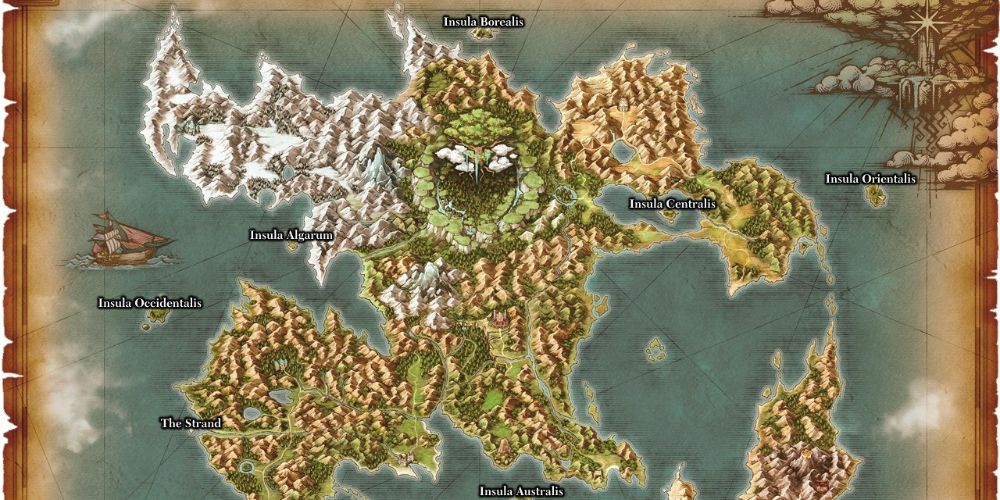
Dragon Quest XI's world map takes direct inspiration from the four real-world hemispheres of Earth, though perhaps not as obviously as in Dragon Quest 3 or 4. Keen-eyed players with a keener vocabulary (or Latin translator) will notice that of the eight smaller islands accessible throughout the game, four are named after the Latin names for the four compass directions of North, East, South and West. Around each of these islands, players will find regions inspired by (if sometimes loosely) real continents and countries found in each of these hemispheres.
For example, near the island of Orientalis (meaning Eastern) are the town of Hotto and Mt. Huji. These locations are obviously inspired by countries like Japan. On the opposite side of the map, the island of Occidentalis (meaning Western) is surrounded by areas like L’Academie, directly inspired by Western European cultures and the French language. In the North, players will find areas South of the island of Borealis (meaning Northern) such as Sniffleheim, inspired by Scandinavian countries.
9 It's Even Larger Than It Looks
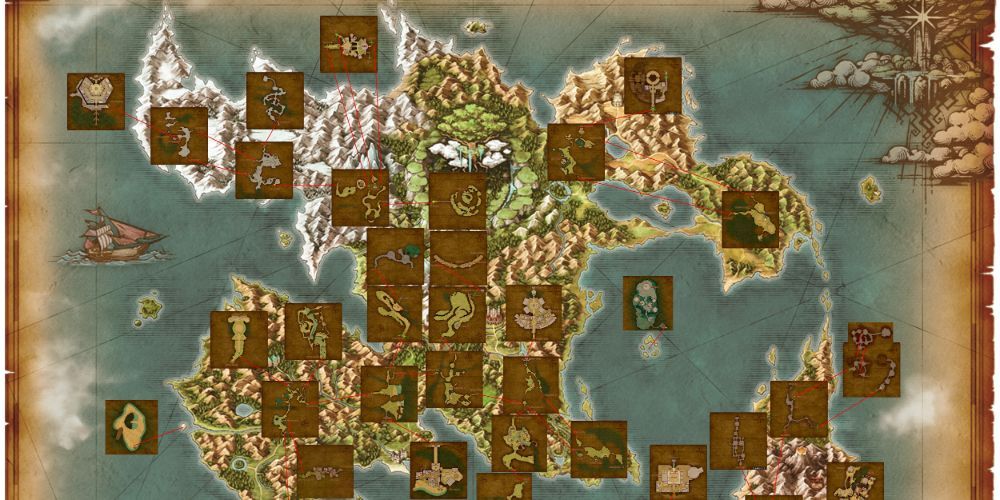
Though it's technically not a true open world, Erdrea might easily fool players into thinking it is. From the world map, there are over forty unique locations to explore and travel through, not including all the game's other various dungeons and the 2D areas unlocked in Tickington – that's a lot of fast travel markers!
RELATED: 10 JRPGs Perfect For Newcomers To The Genre
These areas will also change in appearance and adapt to various in-game events throughout the Hero's quest, so players should keep revisiting locations throughout the game to see how things have changed for the citizens and towns of Erdrea.
8 There's A 16-Bit Version Of The Map
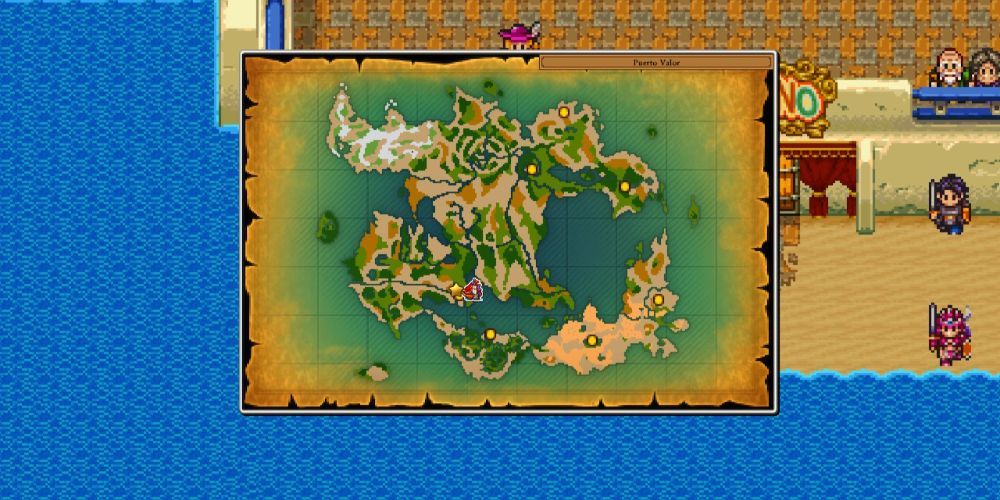
Many players speed through the fantastic Definitive Edition of Dragon Quest XI without ever even glancing at its 'retro' mode. Should players choose to embark on their quest in one less visual dimension, they'll be transported to a 16-bit version of the game, with an updated map to boot.
It's reminiscent of the maps of JRPG classics from the past, well worth a look for fans of that nostalgic vibe. It's also interesting to note the differences in geography between the 3D mode's map and its 16-bit variant. In the latter, areas in the map's north are less snowy, the mountain ranges appear smaller, and more of the world appears to belong to the sandy biome found around Gallopolis.
7 The Icons In The Map's Corners Foreshadow Later Events
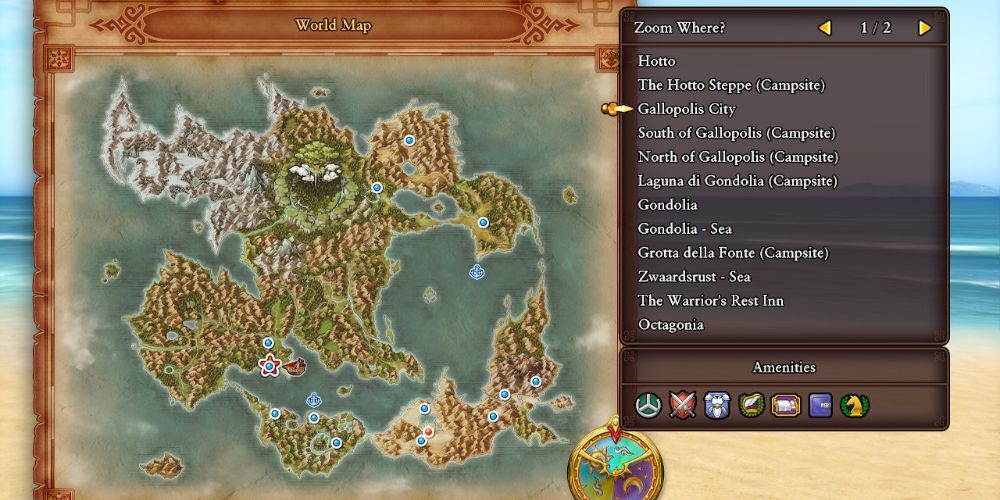
Again, without spoiling the plot, there are more foreshadowing elements to the world map than first meet the eye. In each corner of the map, players will notice square icons with graphics pertaining to locations or characters found throughout the game. For example, the icon found in the top-right of the map is a representation of the world tree, Yggdrasil.
RELATED: 5 Things We Loved About Dragon Quest XI S (& 5 Things We Don’t)
Players should take a closer look at the icons next time they open the world map, and see if they can guess which areas of the game they may be representing! Though the icon in the bottom right of the in-game map is obscured by the day-night clock, it can be found instead on the official artwork map.
6 Each Area's Name Gives A Clue To Its Nature
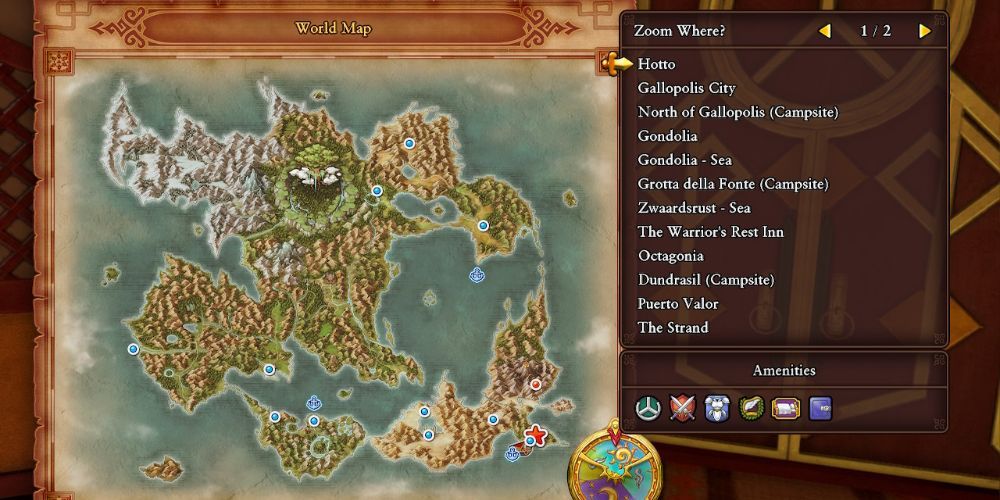
Here's where the humor of Dragon Quest 11 really shines: in the sheer number of puns and clues to later content found spread across the game.
Whether it's Gallopolis and its horse racing, Octagonia and its fighting octagon or Gondolia and its Gondolas, players are bound to get a kick out of paying closer attention to the names of each location on the world map. It's just another way the game ties its brilliantly silly humor and real-world references together.
5 It Shows The Game's Day-Night Cycle
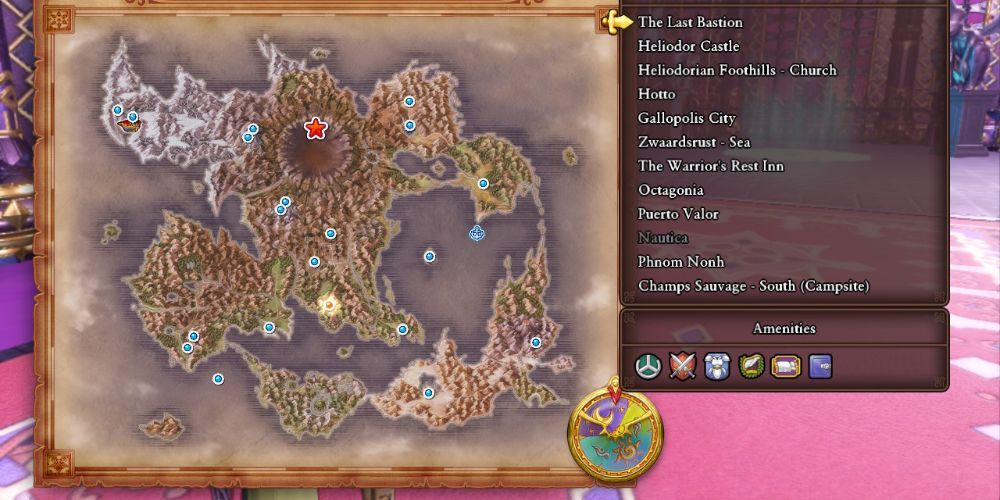
Whether players are seeking out rare nocturnal monsters or sneaking up on the ones that snooze during the day, making use of the map's clock takes the guesswork out of time-based questing.
In Dragon Quest 11, a complete day to night cycle takes a swift ten minutes to complete. That's six minutes for day, three for night, and one for evening. Players should be warned that opening the map will freeze time, however! Another fascinating little detail.
4 Other Icons Foreshadow Enemies And Other Plot Events
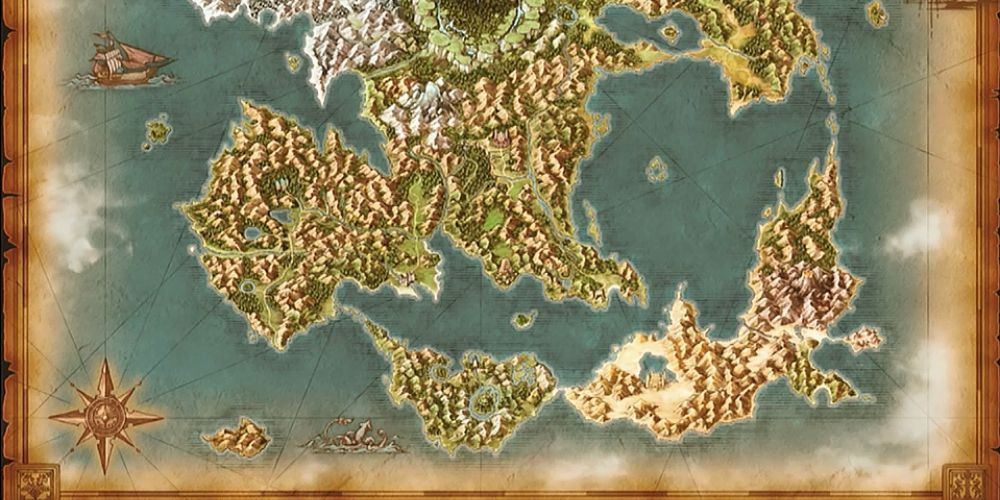
As if there wasn't enough foreshadowing occuring on the world map of this beloved JRPG (it's anything but underrated) already, players can cast their eyes across the official game artwork map's seas to spot something else: classic elements of Dragon Quest games that appear in XI. These include the ship and the giant squid found in the Southern and Western parts of the map.
RELATED: Dragon Quest XI: 10 Facts About The Luminary That Everyone Should Know About
Mainstays of the Dragon Quest series, the inclusion of the ship and King Squid are also nods to the series' history that fans will appreciate when they spot them.
3 Players Cannot Fast-Travel To The 'Insula' Islands: Here's Why
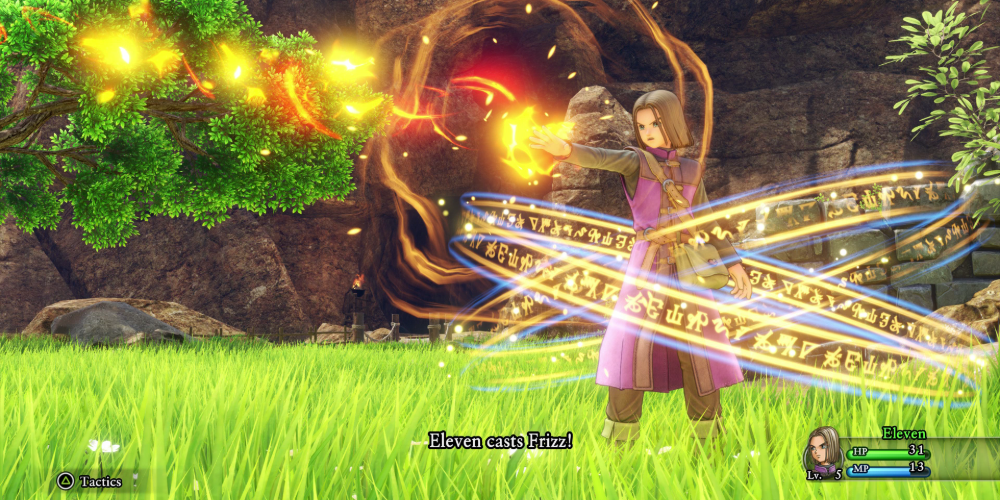
Of all the areas players can fast-travel to, it's peculiar that the six 'Insula' islands are inaccessible by casting Zoom. The reason? These islands are part of a hidden challenge in which players must seek out secret targets, and fire at them with the crossbow.
This challenge is given to the player by an NPC on Insula Occidentalis, and completing it will net the Hero four Pep Pips. As is often the case in JRPGs, it's well worth engaging in this little sidequest.
2 Insular Orientalis Is A Hidden Early-Game Treasure
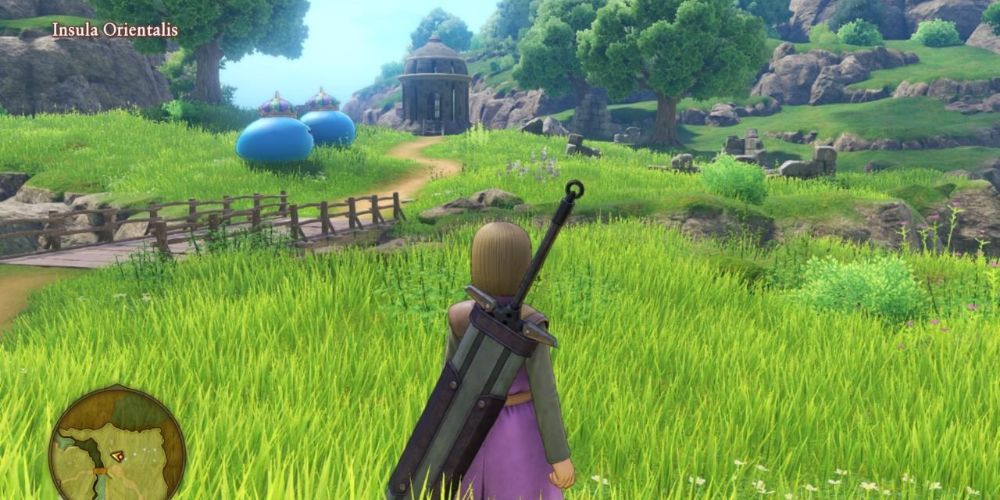
Grinding for XP ahead of a challenging fight in Dragon Quest XI can be gruelling. A secret to most players until much later in the game, the island of Insular Orientalis is a gift from Yggdrasil itself for many keen-eyed players seeking to build their characters' skill trees early on.
Accessible as soon as the Sea Gate is opened in Puerto Valor, the island is home to Slimes of all kinds (and this adorable little critter has taken many different guises over the years, including that of a controller). Here, there's a higher-than-average chance to meet King Slimes, Metal Slimes and even those pesky, rarer-than-rare liquid metal Slimes. So set sail for Slimes, skills and some serious XP!
1 The Map Is Affected By The Player's Actions
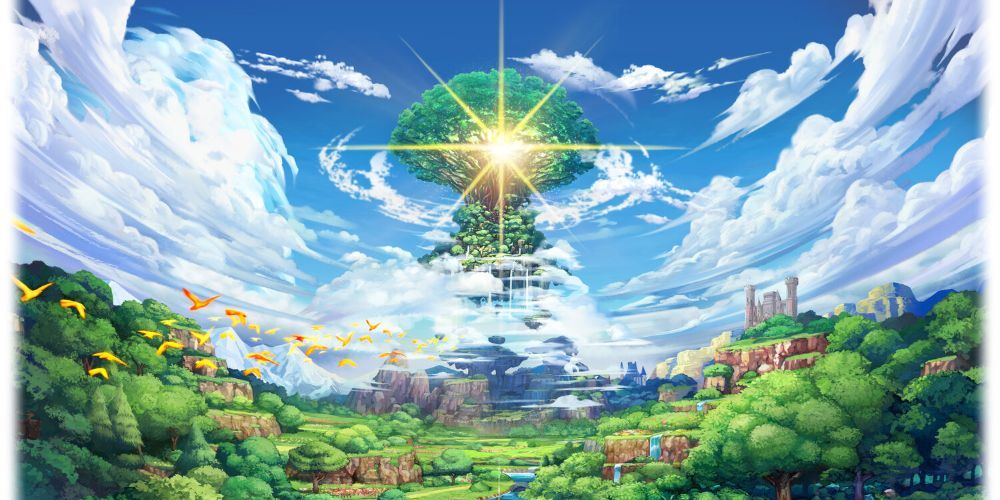
Without risk of spoilers, it's interesting to keep note of the map's appearance throughout the hero's adventures in Erdrea. After significant plot developments in certain areas, the world map will react and update its appearance in the menu. It's a small detail, but it serves to strengthen the relationship between the world and the player that inhabits it.
The world of Erdrea is large. Very large. Knowing that the player's actions have significant consequences for the entire layout of the map and the names of locations brings a new sense of responsibility to the Hero's quest. As the map adjusts for the events of the game and the actions of its characters, players should keep an eye out for any new additions or complete changes to the world map.
NEXT: The 10 Highest Scoring Square Enix Games Of The Decade, Ranked According To Metacritic

